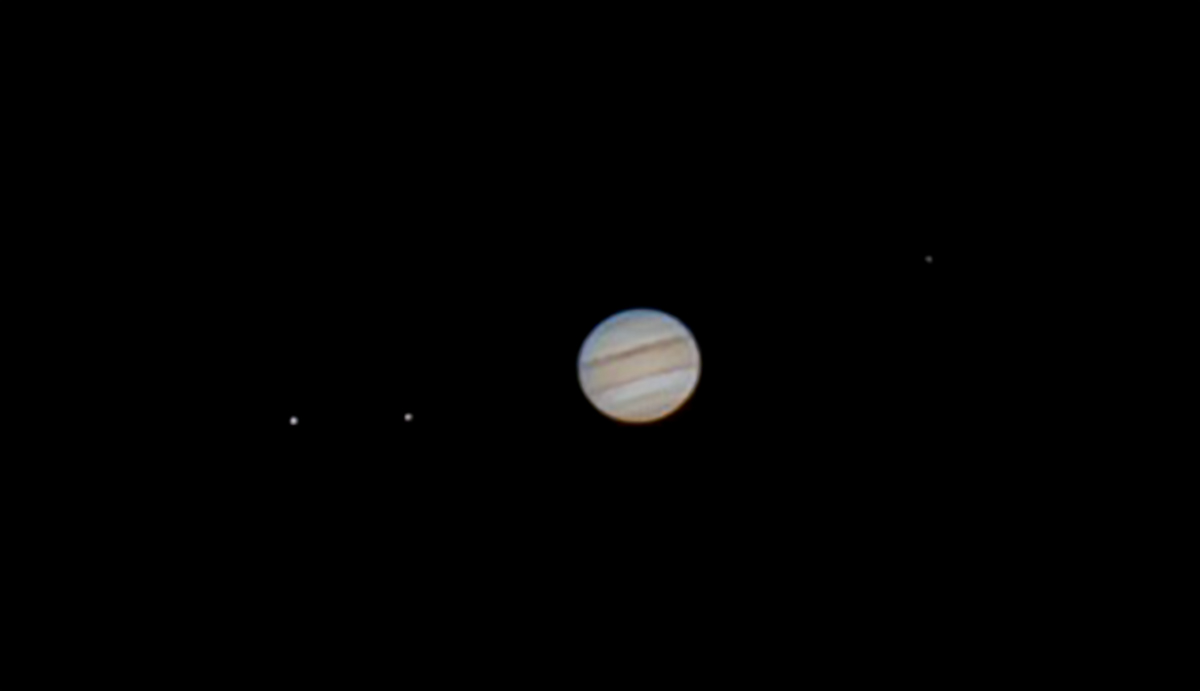While Jupiter is at opposition this year (closest distance to earth) it is also around the Summer Equinox which means that its low on the horizon for northern hemispheres. I decided to try to get an image of Jupiter before it was gone for the season (behind a tall tree for me).
Location – North Shore Observatory (NSO)
While you can image several planets within city boundaries (they are quite bring) its always best to find dark skies. For me I’m located within Lennox & Addington County of Ontario at my North Shore Observatory. However, the county does have a Dark Sky Site open to the public all year round which is ideal for planetary and deep sky objects – https://lennox-addington.on.ca/explore/dark-sky-viewing-area

Attempt 1 – Equipment:
– Celestron EdgeHD 8″
– Losmandy GM8 (Modified)
– 5x Powermate
– 24mm Televue Panoptic
– Apple iPhone 6s
I used Autostakkert! software for the alignment and stacking then jumped into Registax for the Wavelet functions. Finally I did a bit of tweaking in photoshop, just a small curve adjustment to pull out some contrast.
However this first attempt wasn’t particularly super, so I did some tweaking and tried a different method, basically minimize the amount of equipment. So reverting to just the scope and camera method I tried again with my Z6.
Attempt 2 – Equipment
– Celestron EdgeHD 8″
– Losmandy GM8 (Modified)
– Nikon Z6 (4K in DX Mode at 30fps to get 1:1 pixel sampling)

From Right to left: Ganymede, Io, Jupiter, Europa
Now of course, a lot (and I do mean A LOT) of this could be due to different night seeing conditions. I currently don’t have an easy way of telling beyond star twinkle and both nights I would summarize were “comparable” when I started out. However the second night the seeing quickly became much worse as clouds were rolling in (which is why I was doing planetary and not DSO, as I could not guarantee clear skies through multiple subs).
I did try for Saturn, it was much lower in the sky and as noted above, seeing was worsening. But I’m happy to report that its still my best Saturn Image yet!

Just a Final Note: Autostakkert! uses uncompressed AVI files up to 720p and in YUUV format, this is important to note because the original video was 1080p MOV so I did have to convert it using Adobe Media Encoder, it was a painless process but in the future be sure to crop your video rather than shrink/enlarge to conform to 720p dimensions.
